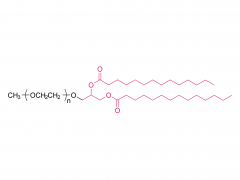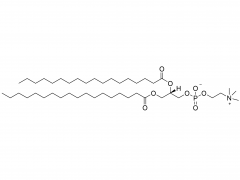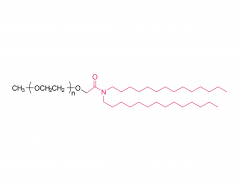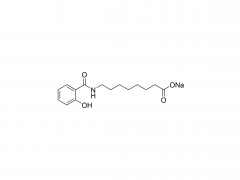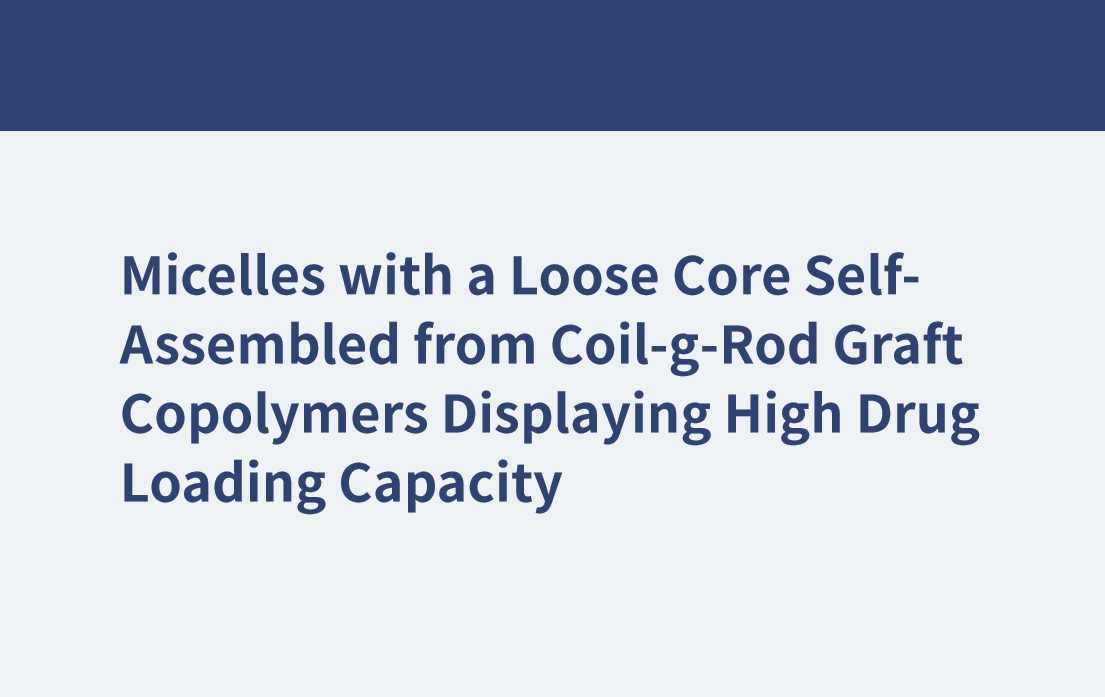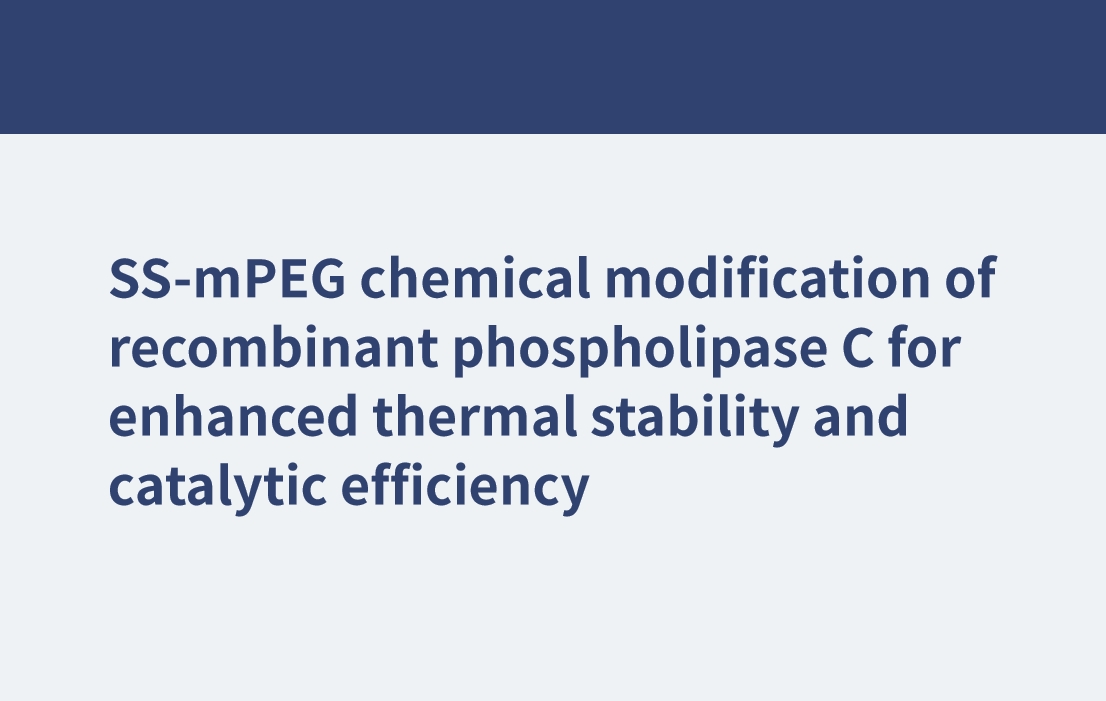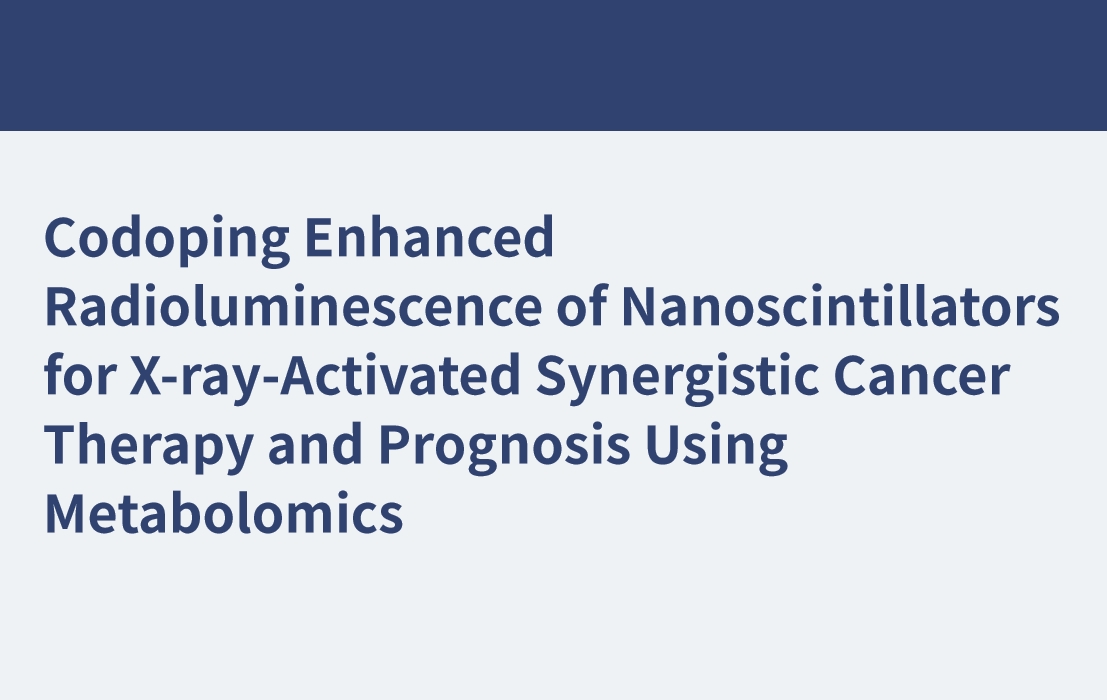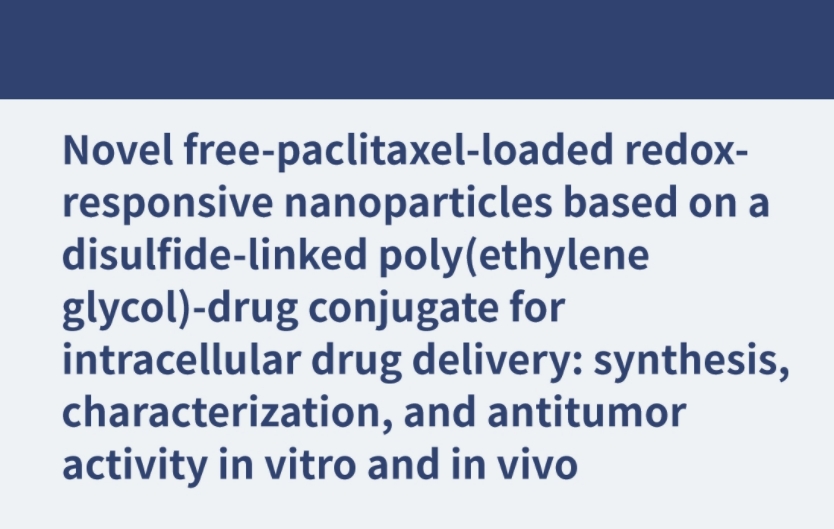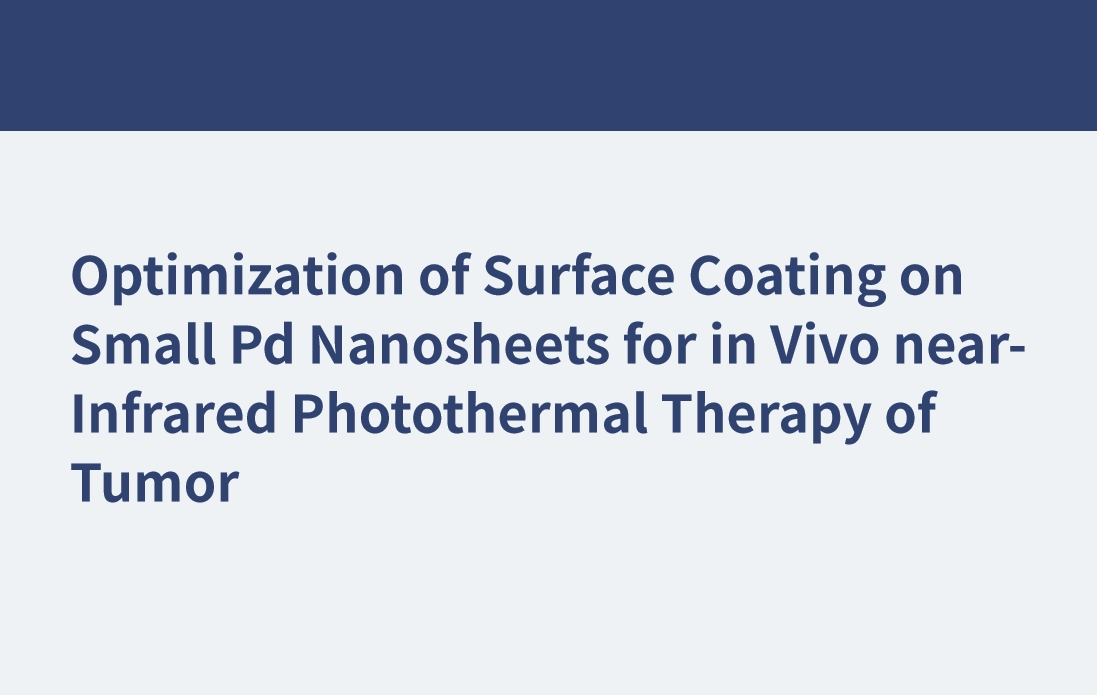First published: 27 May 2020 https://doi.org/10.1002/macp.202000121 Micelles with a Loose Core Self-Assembled from Coil-g-Rod Graft Copolymers Displaying High Drug Loading Capacity Qijing Huang, Zhanwen Xu, Chunhua Cai, Jiaping Lin Abstract High drug loading capacity is one of the critical demands of micellar drug-delivery vehicles; however, it is a challenging work. Herein, it is demonstrated that micelles self-assembled from poly(ethylene glycol)-graft-poly(γ-benzyl-l-glutamate) (PEG-g-PBLG) coil-g-rod graft copolymers display high drug-loading capacity for doxorubicin (DOX) model drugs. As revealed by a combination study of experiments and dissipative particle dynamics simulations, the high drug-loading capacity of the micelles is related to the loose core structure of the micelles. In these micelles, the hydrophobic PBLG grafts randomly disperse in the micelle core due to their rigid nature and the coil-g-rod topology of the graft copolymers, which results in a loose core of the micelles. The structure of the graft copolymer, including the length of rod grafts, the length of coil backbone, and the grafting ratio of the rod grafts affecting the arrangement of the rod grafts in the micelle core has influence on the drug-loading capacity of the micelles. Besides, the strong π–π stacking interaction between graft copolymers and DOX also plays an important part in achieving high drug-loading capacity. In vitro studies reveal that these drug-loaded micelles show good biocompatibility, and the DOX can be gradually released from the micelles. Related products Abbreviation: PEG-g-NH2 Name: Poly(ethylene glycol) graft amine For more product information, please contact us at: US Tel: 1-844-782-5734 US Tel: 1-844-QUAL-PEG CHN Tel: 400-918-9898 Email: sales@sinopeg.com
View More





